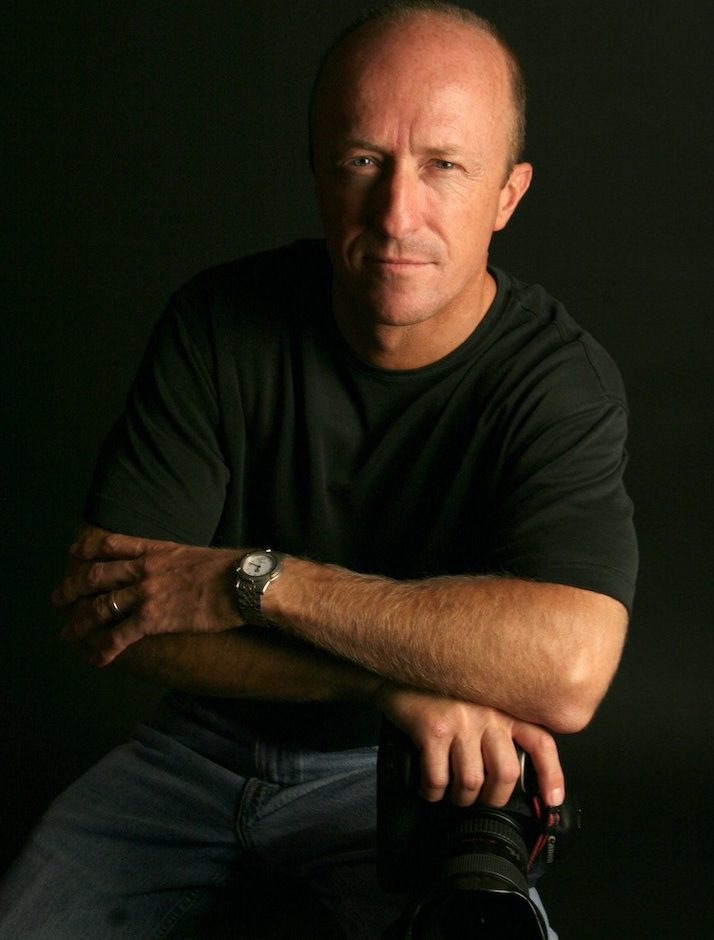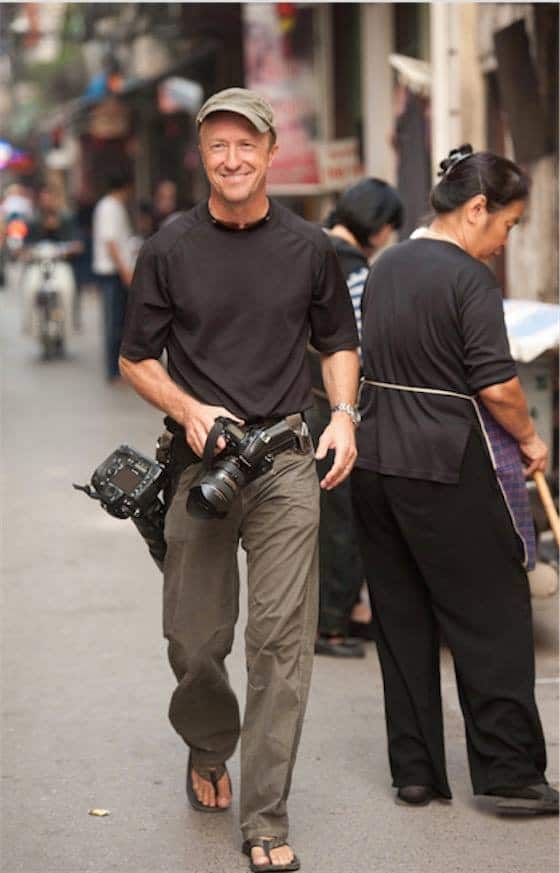Karl Grobl is a humanitarian photojournalist specializing in the photographic documentation of relief efforts and development work of NGOs worldwide.
In 2013, Karl relocated from San Diego, California to Siem Reap, Cambodia, where he now lives full time. Karl considers Cambodia the perfect place for his Asia-based NGO work, photography tours and workshops. When ‘deplaning’ from his rigorous international travel schedule, Karl lecturers on photography and photojournalism, works on personal photography projects, and scouts out new off-beat photo tour destinations in Asia. In his free time, Karl says that he enjoys ‘hanging out at the nearby temples of Angkor, the rural villages and rice paddies, and occasionally getting completely soaked by the refreshing monsoon rains.’
Many of Karl’s images have appeared in publications such as Newsweek, CNN, Geo, Town and Country magazine and The Chronicle of Philanthropy, though the majority of his photos appear in the annual reports, newsletters and communications materials of his humanitarian organization clients.
Karl has worked in over 50 countries and has covered and photographed post-conflict peace building efforts in Sri Lanka, Afghanistan and East Timor, HIV/Aids issues in Africa and Asia as well as human trafficking in Cambodia and the Philippines. Following the 2004 Indian Ocean tsunami, Karl spent more than a month embedded with five different NGOs documenting tsunami relief efforts in India, Sri Lanka and Indonesia.
The international press has taken notice of Karl’s provoking images: the 2005 Haiti photo-story “City of God” was nominated for a World Press Photo Award. Karl is a member of the Advisory Council of Focus For Humanity, a non-profit organisation whose mission is to provide financial support, resources and training for professional and amateur photographers wishing to work with NGOs.
Inspiring empathy seems to be a key theme in your work. You’ve written that your photos: ‘reveal a common humanity, allowing viewers to see a bit of themselves in other human beings, half a world away.’ How do you avoid disaster fatigue and other issues when shooting in places of extreme poverty or violence?
Actually, disaster fatigue is perhaps something that the viewers of the images might tend to experience more than I do. As a photographer, I am concentrating on the job at hand and I am often witnessing aid workers helping people, which is quite inspiring. So, disaster fatigue or poverty fatigue has not really been an issue for me. If I were a war photographer, witnessing violence, I think it would be different, but thankfully what I shoot, which could sometimes be considered quite disturbing, also has a very positive side.
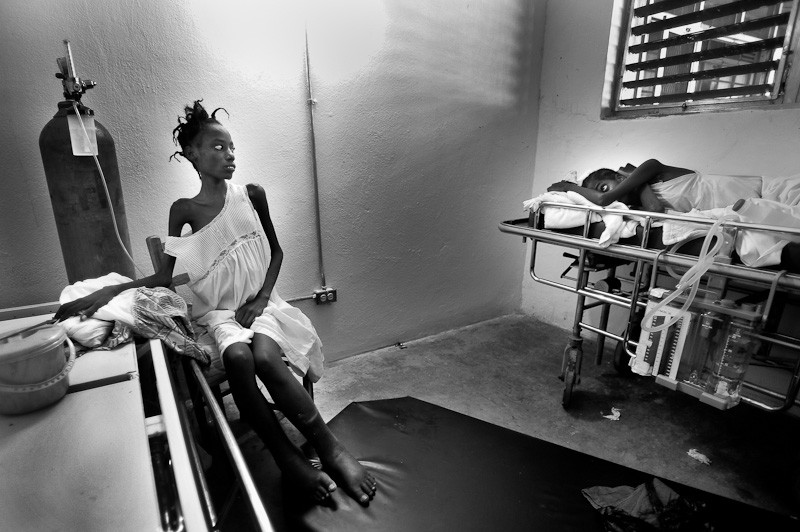
What kind of conflict zone or safety training do you have? Have you taken a HET course?
I’ve not taken any HET or other courses, but rather I’ve learned on the job and go with my gut. I did have a pretty serious briefing upon my arrival in Afghanistan for a shoot I did, I learned a lot in that particular meeting. Generally the organizations that I am contracted with provide personal security for me in dangerous places.
How do you prepare for an assignment?
I do a fair amount of internet research about the area and the topic that I’ll be covering, and I look at other photographer’s work in similar locations. I also do video chats and have email conversations with the client to develop a shot list and strategy for each assignment.
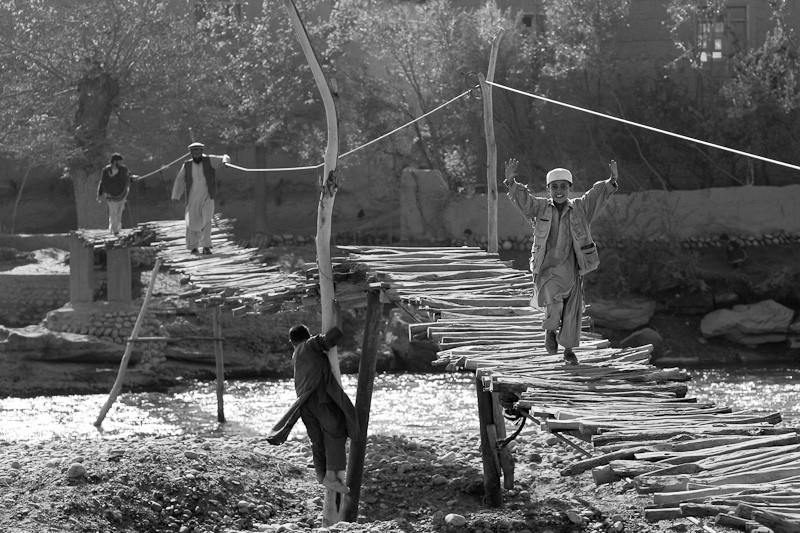
You’ve been everywhere. Got a favourite travel tale?
One day, early in my career, while shooting a job in Sudan, I had an epiphany. I was sitting in the front of a Land Cruiser, one of 2 in a caravan. We were speeding across the open desert for hours, heading for a remote village where the drug company and NGO that I was shooting for had a malaria program. I was sitting in the front seat, while the drug company executive and the country director for the NGO were sitting in the back. I could hear their conversation, one asked the other, ‘If you won the lottery, what would you do?’
The drug company executive talked about upgrading his villa in Spain and spending more time there, the NGO country director talked about retiring and enjoying more time with his family. Although I was not part of their conversation, I thought to myself, if they had asked me what I would do if I won the lottery, I would have said, ‘I would be doing exactly what I am doing now (shooting pictures of humanitarian stories for NGOs) with the only difference being that I would do it for free.’ I guess you could say that I had already won the lottery!
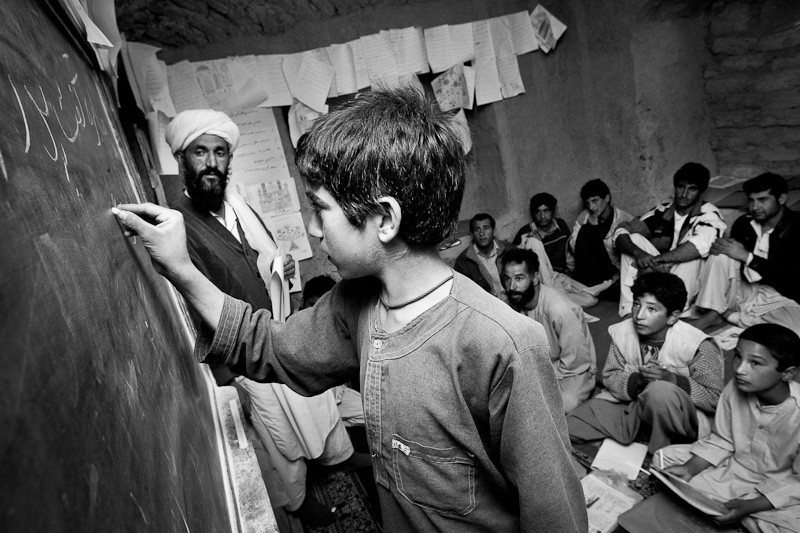
Your favourite gear and why.
In 17 years I have flipped between Canon and Nikon, depending on which company had the cameras and lenses with the features I find most useful, namely fast focus (and fast focus point selection), lowlight image quality, and durability in severe environments. I recently switched to Olympus Micro 4/3 cameras because the image quality is sufficient for my kind of work, they are very capable in terms of fast focus, and they are weather sealed agains the elements. Of course, the other big advantage is size and weight, about half the size and weight of the gear I just sold.
You lead photography tours in some pretty unusual places, including Papua New Guinea in August. It’s hard enough to herd a dozen photographers around Rome. How do you manage?
I really enjoy the photo tours; my clients are well educated, well traveled, intelligent and interesting photography enthusiasts. Things can go sideways sometimes, like when our boat sank in the middle of the Mekong River in Laos or when a client broke her leg, miles from civilization in a remote village in Cambodia. I guess you could say that I have learned to remain calm and in control despite the twists and turns.
What keeps you shooting?
Photography is like golf….despite all the hooks and slices, every once and a while you make a good shot, or even perhaps get a hole-in-one. What keeps you in the game as a photographer is the anticipation and the quest to create your next, best image, to try to continually improve. Photography is a competitive industry, it keeps us all on our toes.
Describe your favourite image.
My favorite image, perhaps it’s the image I made shortly after the epiphany I described above. I’ll include it here, it’s a simple headshot of a Sudanese woman who was in a malaria clinic, in the middle of nowhere 12 hours south of Khartoum and another 4 hours across the open desert into some place that doesn’t exist on maps. I wish I had had GPS in those days!
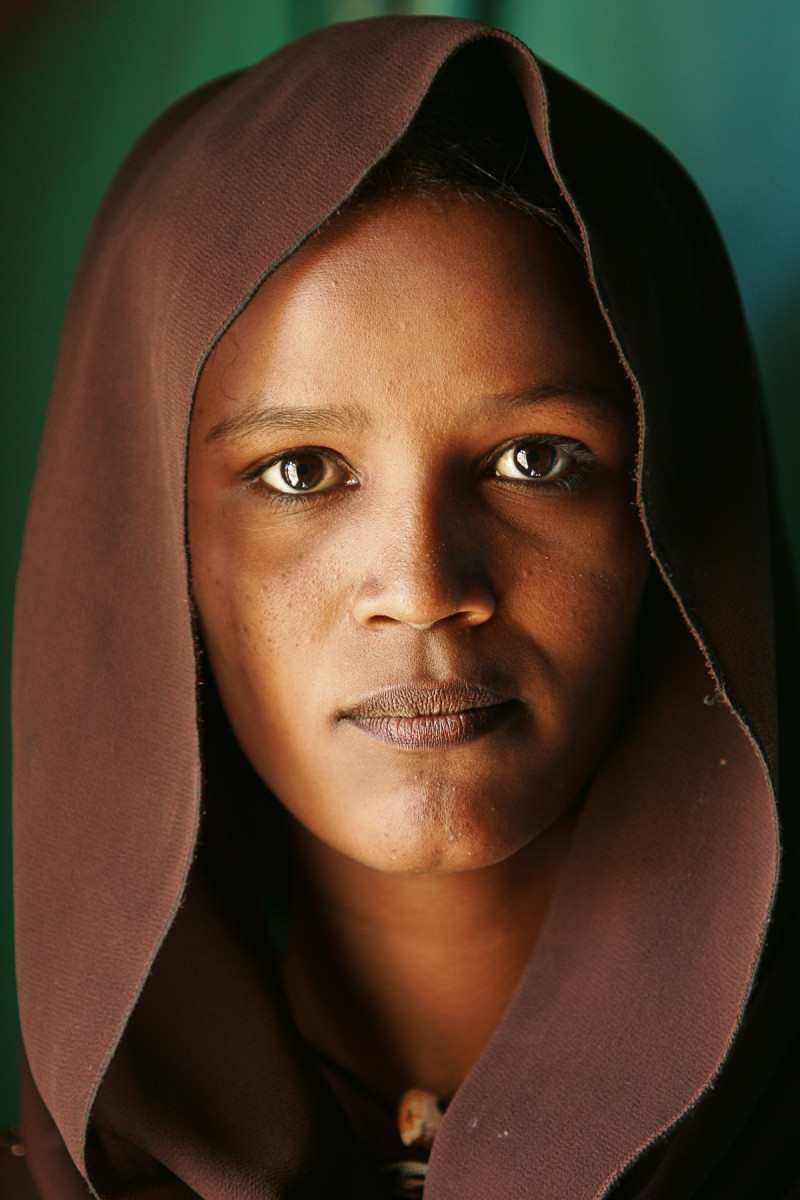
A common misconception about photojournalists is….
That the camera doesn’t lie, or that it captures “reality,” when in effect the photographer has tremendous influence and control to create an image that might highlight, favor or otherwise be biased, one way or another.
Your website is full of great advice for photojournalists, from a pen review to how to keep your gear from getting snatched. What advice do you have for prospective photojournalists?
Simple: if you are passionate about visual story telling and journalism, get out there and start doing it. No one is going to give you a job. You have to create your own market and find your own clients. It’s a freelance world now.
You have some iconic photos which keep getting used without permission. (Note: due to a copyright status error on an open-source archive, battleface was guilty of this) How do you keep people from ripping off your work?
Living where I do, (Cambodia) and with most copyright infringements occurring outside of the USA, it’s virtually impossible to stop someone from grabbing an image off the web and re-posting or using it somewhere else, and it’s even harder to get paid for infringements, so I just send out emails, explaining to folks, that they’ve made a mistake. If I were in the USA and if I took the time to register my copyright on each and every image, I could probably recover some lost revenue, but for me it’s not feasible.
Check out Karl’s website for his latest work and incredible travel tips and tales: www.karlgrobl.com/blog
For photography tours led by Karl: http://www.jimclinephototours.com/tour/papua-new-guinea-photo-tour/
Click here for more battleface interviews
